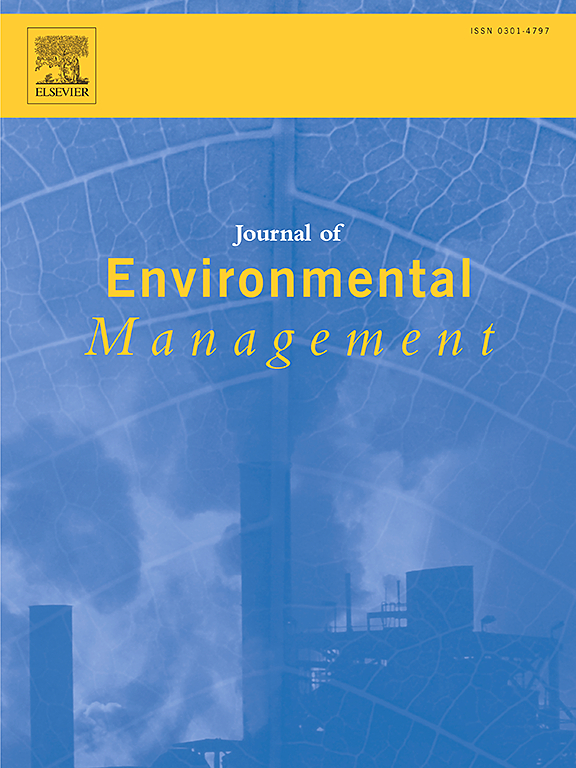Rule-mediated connectivity in social-ecological-technological systems: A comparative network analysis of reservoir operation rules in Coyote Valley Dam (United States) and Ameghino Dam (Argentina)
IF 8
2区 环境科学与生态学
Q1 ENVIRONMENTAL SCIENCES
引用次数: 0
Abstract
In the management of reservoirs, different forms of infrastructure (such as dams, hydropower units, information) are functionally interdependent and often managed by different types of actors to form a social-ecological-technological system. Such interdependence also occurs because institutions (understood as rules that guide and constrain actor behavior) exist to indicate how infrastructures should be managed. We apply institutional analysis and social network analysis to identify how functionally interdependent infrastructures and actors are connected by formal rules created to manage reservoir operations in Argentina (Ameghino Dam, Chubut) and the United States (Coyote Valley Dam, California). Using Exponential Random Graph Models and motif analysis we develop and test hypotheses about which types of patterns of rule-mediated interdependence are more likely to occur in the management of reservoir operations as well as how contextual features, such as the socio-political environment and the types of actors involved, influence rule-mediated interdependence in social-ecological-technological systems. We find that the type of actors involved and the socio-political context in which rules are designed shape the patterns of rule-mediated interdependencies. These findings shed light on and call for more attention to the role that formal rules play in shaping infrastructure management across socio-political contexts.
求助全文
约1分钟内获得全文
求助全文
来源期刊

Journal of Environmental Management
环境科学-环境科学
CiteScore
13.70
自引率
5.70%
发文量
2477
审稿时长
84 days
期刊介绍:
The Journal of Environmental Management is a journal for the publication of peer reviewed, original research for all aspects of management and the managed use of the environment, both natural and man-made.Critical review articles are also welcome; submission of these is strongly encouraged.
 求助内容:
求助内容: 应助结果提醒方式:
应助结果提醒方式:


